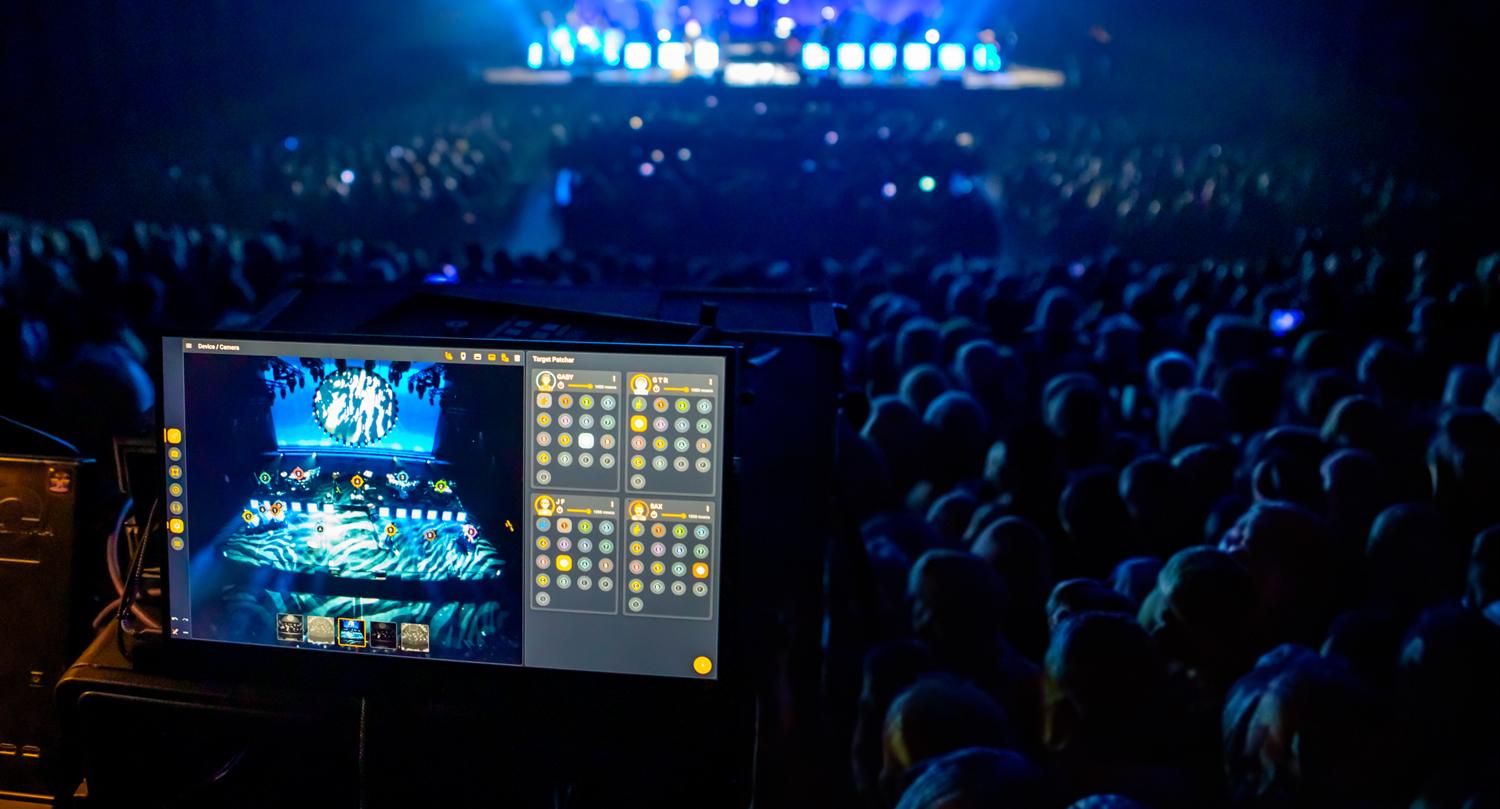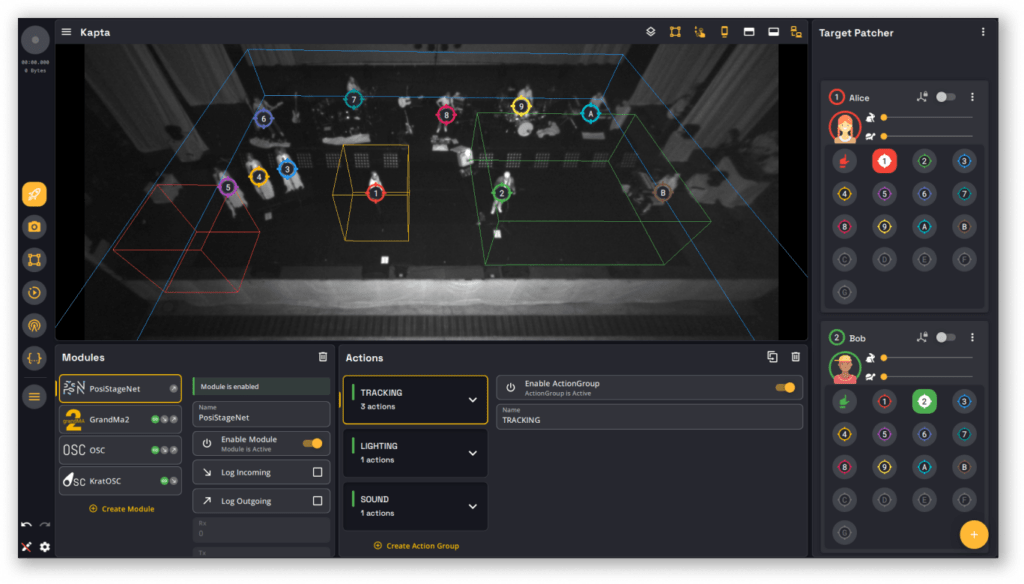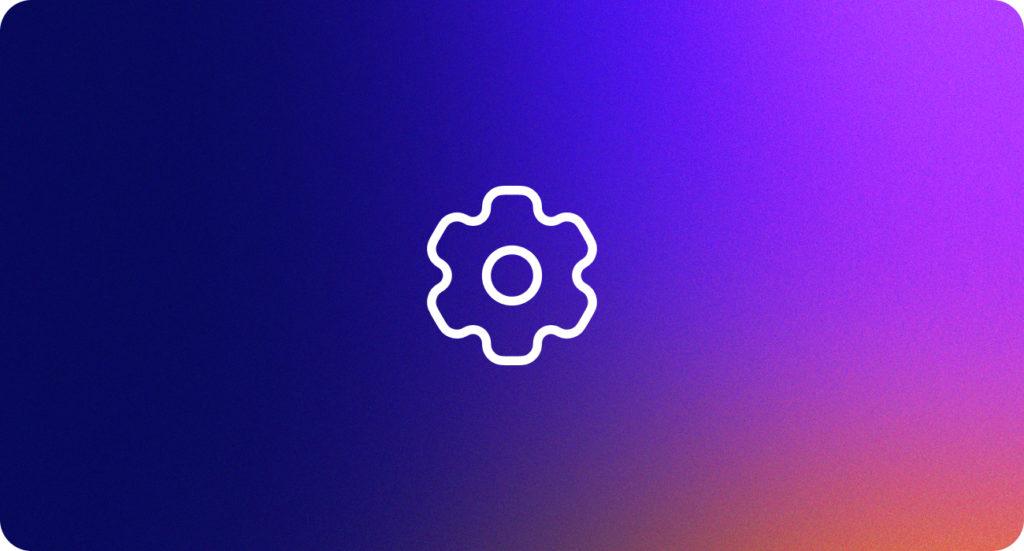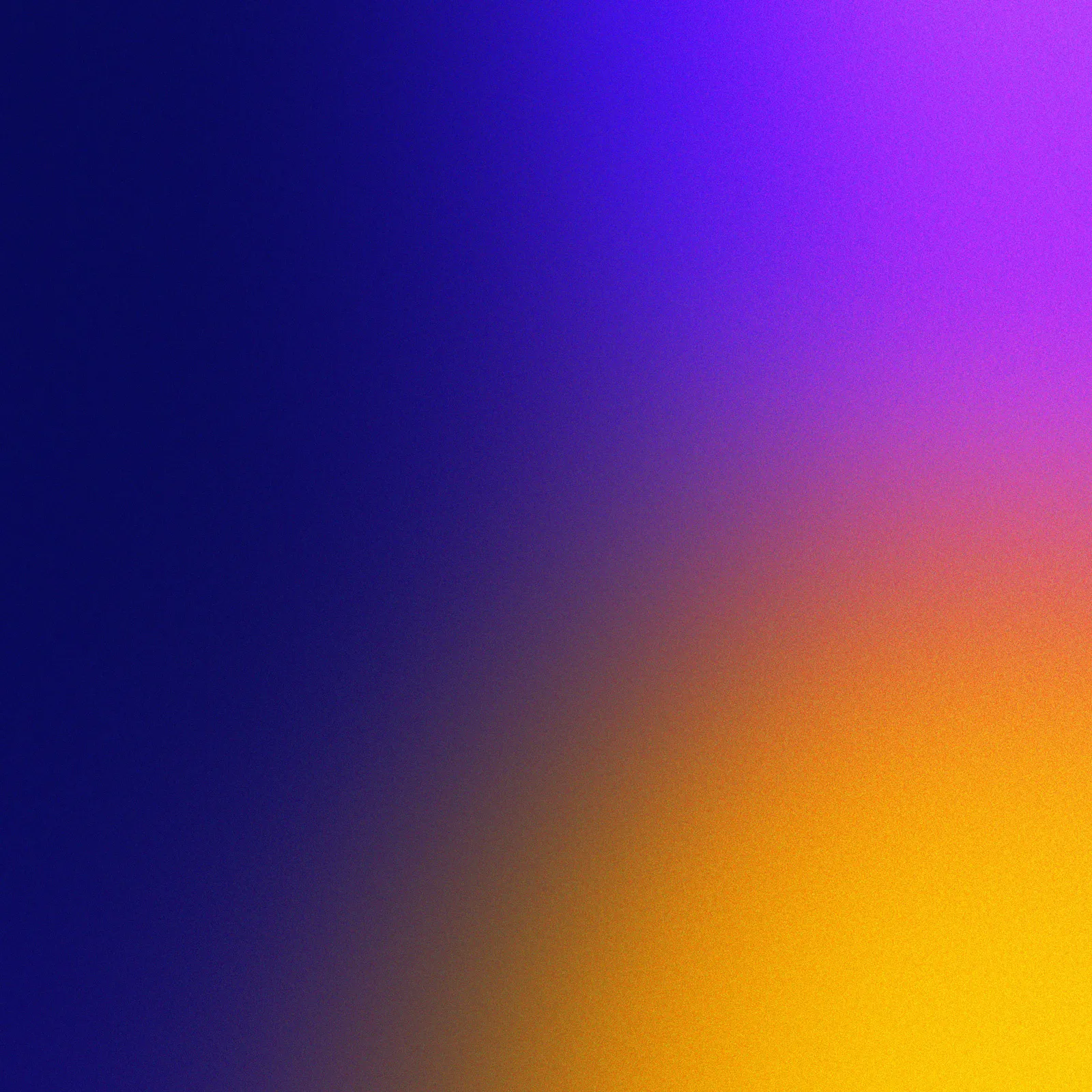Support

Welcome to the Naostage support page!
Browse our useful resources, find answers to your frequently asked questions and contact us directly for personalized support.
We support you in your most ambitious projects!
K SYSTEM Documentation
Explore all K SYSTEM features and updates via guides, tutorials and tips in our comprehensive documentation.

Frequently Asked Questions
How to install KAPTA?
This video shows you how to install KAPTA with ease. Follow the step-by-step instructions for a successful installation.
How do I set up KORE?
This video shows you how to install KORE with ease. In just a few seconds, KORE is installed and ready to use.
How do I set up KRATOS?
Follow this tutorial to complete the installation of KRATOS, the calibration of KAPTA and the demonstration of many other features, such as the target patcher view, the action area page and the 3D stage view.
How do I update K SYSTEM?
All K SYSTEM owners will receive an e-mail when an update is available. This e-mail will contain all the information you need. All you have to do is contact us to arrange a meeting with our teams, who will accompany you through the upgrade process.
What does the calibration look like?
The calibration process consists in telling the system where the cameras are located in a 3D space.
To carry out this process, you’ll need to match pointers on the cameras’ viewpoints to a rectangle drawn on the floor.
This rectangle can be smaller than the entire space over which you intend to use tracking. You can mark this rectangle with a tape measure, or use the floor of your stage as a guide.
You’ll find more information here:
https://naostage.github.io/Kratos/rubrique Tutoriels > Kapta > Kapta Calibration
Does the stage have to be clear for calibration?
You need to be able to see the calibration points on the cameras of each spectrum to align the pointers, so the space used for calibration must be clear. Calibration takes around 15-20 minutes.
How does K SYSTEM interact with 3rd party systems ?
The K SYSTEM communicates the position of targets it detects via the network.
These 3D positions can be transmitted using a choice of 2 protocols, OSC or PSN.
The targeted third-party system (immersive sound processor, mixer, lighting console, media server, etc.) will receive these protocols and interpret the tracking data.
The K SYSTEM can also send other messages such as triggers, values, commands,… to trigger automations (sound triggers, mixing commands (mute/pan/…), lighting memory…) which can be activated in combination with created zones.
Do third-party systems need a “K SYSTEM” module to communicate with them?
We don’t have our own module or custom integration in other systems, since we can use several standard output protocols with the K SYSTEM (PSN, OSC, others can be implemented on request).
PSN and/or OSC are generally sufficient (media servers, ModuloPi, light consoles, immersive sound processors). However, we generally create actions to facilitate interactivity between K SYSTEM and the third-party systems we encounter. There are also generic OSC actions that can be used if custom actions have not yet been implemented.
K SYSTEM communicates via Network the position of the targets it tracks.
Those 3D positions can be outputted in 2 protocols at the moment : OSC or PSN.
The targetted 3rd party system (sound processor, mixing desk, lighting desk, media server, …) will receive these protocols, and will interpret the tracking data.
K SYSTEM can also send other messages like triggers, counts, commands,… to trigger events (sound triggers, mixing commands, lighting cues, …) that can be activated in combination with areas.
How is the system outside in daylight?
The system performs very well in daylight, as it has multiple spectra (visible, near-infrared (NIR), and thermal), with customized gain and contrast control for the cameras. We can maintain tracking in all situations. However, the background (the floor of the scene) may be at the same temperature as all humans and the AI is trained to track these situations.
Can the K SYSTEM handle slight swinging of on stage truss mounting points?
A slight oscillation of KAPTA will not be a problem, as KRATOS has a function for smoothing positions sent to third-party systems!
Need more support?
Contact our support team by e-mail at: support@naostage.com.


